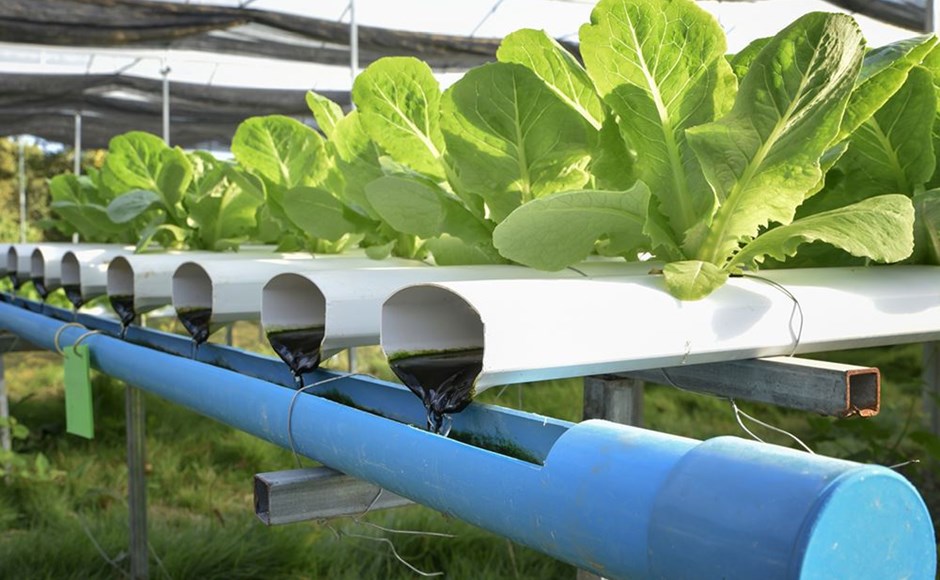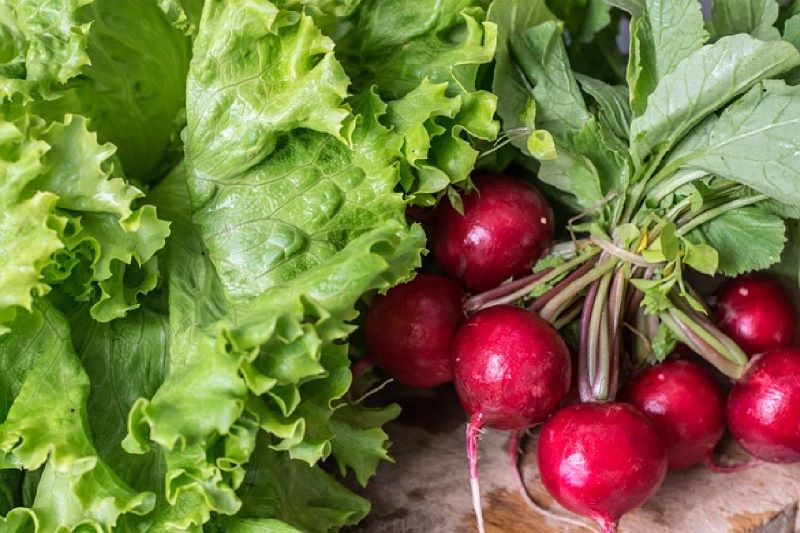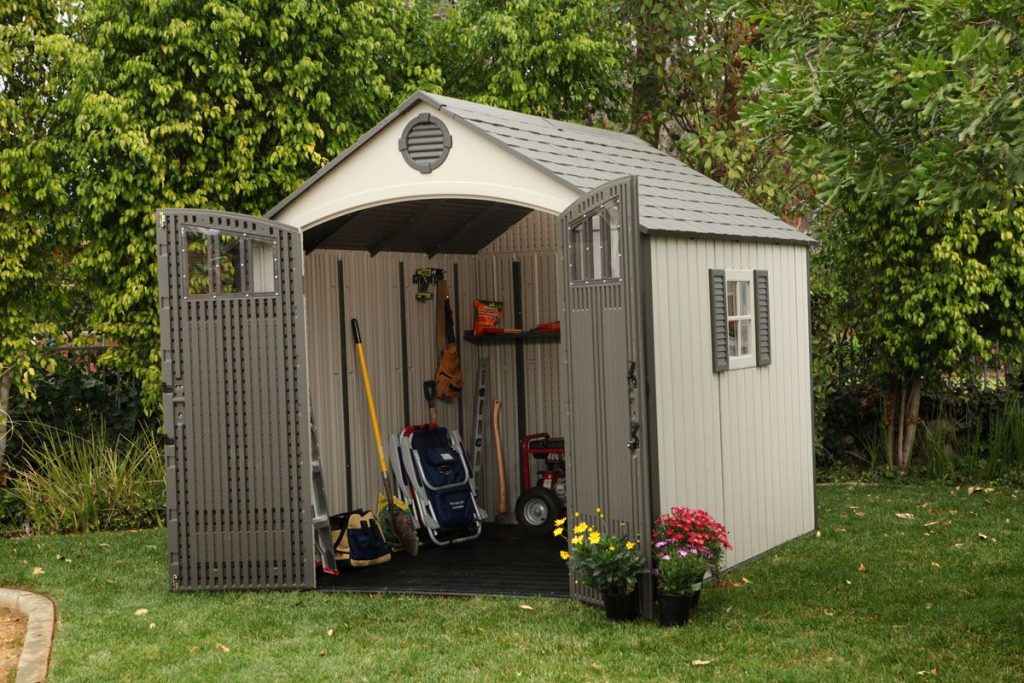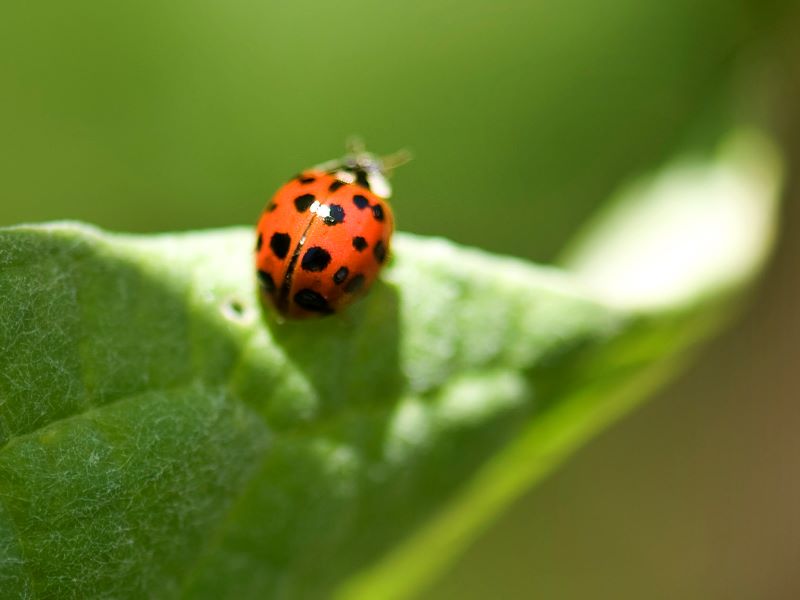Table of Contents
Did you know you can grow vegetables indoors without a greenhouse? If the idea of an indoor garden sounds interesting to you, here is a guide to help you start one.
Things You Need for Your Indoor Garden to Thrive
1. Light
Most veggies require between 6 to 8 hours of sunlight each day to grow properly. If you have a lot of natural light in your home, choose a south facing area with maximum access to sunlight for your vegetable garden set up.
If you don’t have enough light in your home, you can use artificial lighting from fluorescent LED bulbs. Suspend the light bulbs over the indoor garden area at a distance that will provide enough light but not burn the plants.
2. Space
Make sure your indoor garden area is spacious. You should be able to work on your garden without feeling restricted. This will also give the plants room to flourish and spread out, especially in the case of leafy greens and big plants such as tomatoes.
If you are going to use artificial lights, set up your garden close to a light switch and with enough space to rig your lights. Make sure the area is airy too.
3. Ideal temperatures
Most veggies need warmth to thrive. If the air in your home is a bit dry due to heating, especially in winter, place some humidifiers close to your veggie garden to create a humid environment.
Step By Step Procedure for Setting Up an Indoor Vegetable Garden

Pick the right vegetables
The vegetables you pick to grow in your indoor garden should be able to flourish in a limited space. For example, pumpkins in a tight spot would be unwise, but you can grow many tomatoes in a pot from one plant.
Also, plant vegetables that require the same care in terms of watering, humidity, and lighting. To make it easier on you, practice companion planting, which is growing vegetables that thrive together.
Some good examples of veggies for companion planting are peppers, beans, carrots, and onions. These work well because they prefer warm temperatures of about 20 degrees Celsius.
You could also plant dwarf varieties of some vegetables which are less demanding to nurture than their full-grown varieties. Some good examples are cucumbers, cherry tomatoes, peppers, and even vegetable sprouts.
Sprout your seeds
You will grow vegetables from seeds which you can buy at gardening supplies shops. You can also purchase them online and get them shipped to you.
The first step of gardening is to sprout the seeds. Use a carton egg tray, plastic cup, or even shallow baking tray for this. You can also buy special seedling trays.
Put in some potting soil into your sprouting container, drop in the seeds, and cover them with the potting mixture. Water the seeds using a spray bottle and cover with a plastic sheet to encourage humidity for growth. Remember to label them to help you tell them apart.
Place the seedling tray close to your source of light and spray some water sparingly over it every morning and evening. Once you see some growth remove the plastic sheet.
Within 2 to 3 weeks your seedlings will have sprouted. Wait until they get to a height of about 5 cm before you transfer them to a pot.
Preparing pots for planting
Choose your containers based on the veggies you want to grow in them. For example, leafy green vegetables require pots that are only a few inches deep.
On the other hand, vegetables such as tomatoes, cucumbers, and beans require deep pots to spread their roots.
It’s advisable to wash your pots before putting in soil, especially in the case of re-used pots or recycled containers. Drill holes in the bottom of pots and planting containers for drainage.
Apart from drilling holes under your pots, you can also improve drainage by lining the bottom of your pots with small rocks or gravel. You can also put some gravel on the trays you put under your pots to reduce chances of water logging your plants.
Transferring seedlings
You need to be gentle when transferring seedlings to a pot. Water the seedling tray to loosen the seedlings easily.
Using a scoop, pick the seedlings gently from the seedling tray being careful not to damage the roots. Plant the seedlings close to the surface of the potting mix to give the roots space to spread down.
Pack some soil around the base to give the seedlings some extra support. Water them soon after transplanting to cut down on shock. Continue to water them each day until the roots take hold.
Watering your plants
Use room temperature water on your vegetables. Since your vegetables are indoors, you have to water them regularly. Every evening pour a little water on all of them.
If you are watering too much, your vegetables will react with the leaves wilting and discoloring. The soil will also grow mold.
If you are not watering your veggies enough, the leaves will develop brown edges. Don’t worry, as the vegetables continue to grow, you will get a feeling for how much water is enough.
Fertilizing your vegetables
When choosing fertilizer, compost is good but may bring in some pests due to the way it is made. Instead, use compost tea, which works just as well. Other alternatives for organic fertilizer are seaweed fertilizer and fish emulsion.
You can also buy a chemical fertilizer which may not be organic but still work great. Soluble fertilizer often used in hydroponics is also an option.
Just make sure you do not over fertilize your vegetables to keep from stunting their growth.
Dealing with pests
Pests are sometimes inevitable although they should be less than what you would get if you were gardening outside. Keep checking on your plants to help you notice any signs of pests coming up, and crush them before they overcome your garden.
Some examples of pests that attack vegetables are whiteflies, spider mites, mealy bugs, and aphids. Pest solutions experts can give you great advice to help you get rid of pests.
You can also use organic solutions such as organic insecticidal soap. Ensure you do not use any pesticides on your veggies close to harvest time as it will end up contaminating your food.
Hydroponics

If you don’t want to grow plants in soil, try hydroponic farming. It involves growing plants in water only. Fertilizer is dissolved in the water for the plants to absorb.
Plants grown in a hydroponic set up do not get diseases and pests as much as those grown in soil. It’s an ideal method to grow green veggies such as lettuce.
It’s easy to rig up a small hydroponic contraption in a section of your home. If using soil is not for you, try this alternative.
Bottom line
A vegetable garden, whether indoors or outside, is a great asset. You can get fresh organic veggies anytime you like.
An indoor veggie garden will also help you save your grocery money and give you something rewarding to do during your free time.
Indoor gardening is worthwhile and not as complicated as you would think. All it takes to raise healthy vegetables is to provide them with care and the right conditions. Why don’t you start on your indoor veggie garden today?








